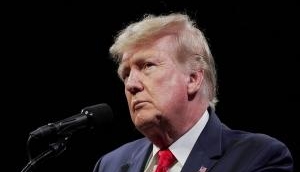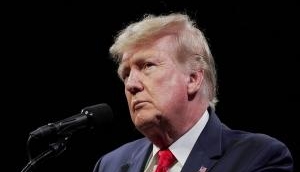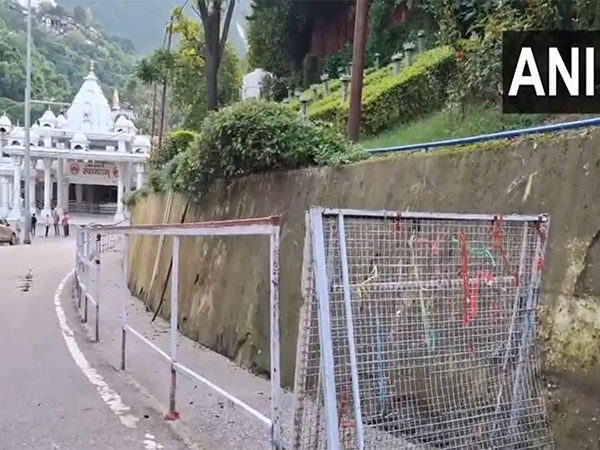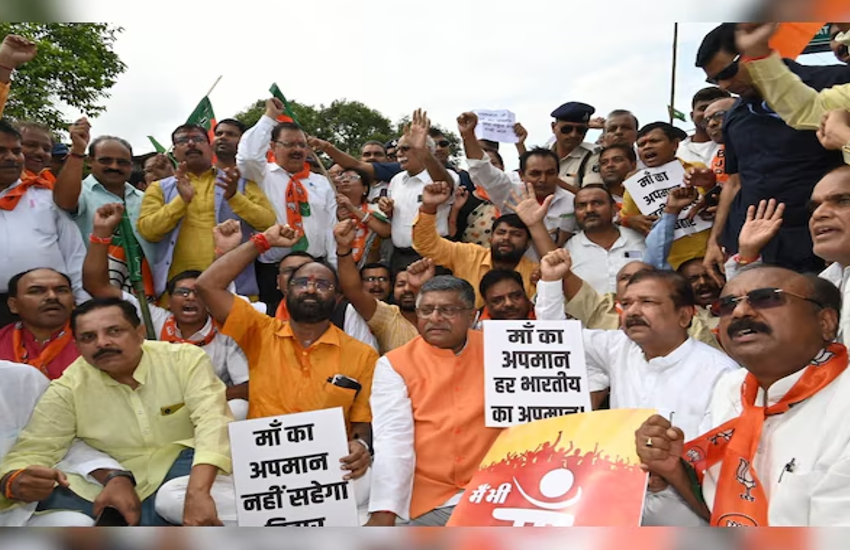Doklam disengagement: a victory for India, but China won't forget this

Almost 70 days and as many threatening statements and vitriolic articles later, the Chinese finally climbed down on the Doklam standoff at the trilateral junction of India, China and Bhutan in the Eastern Himalayas.
China has been forced to withdraw to status quo ante.
The two nuclear powers had been in an eyeball-to-eyeball standoff at the Doklam plataeu since 16 June. While China had been demanding unilateral withdrawal, India had offered simultaneous withdrawal as a solution.
Analysts, however, said this was a temporary solution, and there were difficult times ahead for India-China bilateral ties.
Curious case of three statements
India's Ministry of External Affairs (MEA), in a carefully-worded statement, first announced that “expeditious disengagement of border personnel at the face-off site of Doklam has been agreed to and is going on”.
The MEA said both sides maintained diplomatic communication on the incident, and that the understanding was an outcome of that effort. The statement further said India had expressed its views and concerns to the Chinese.
The Chinese Foreign Ministry, meanwhile, was more ambiguous on what has transpired between the two countries.
“On the afternoon of August 28, the Indian side has pulled back all the trespassing personnel and equipment to the Indian side of the boundary and the Chinese personnel on the ground has verified this,” Hua Chunying, spokesperson for the Chinese Foreign Ministry said.
“China will continue to exercise its sovereignty and uphold its territorial integrity in accordance with historical conventions,” she explained, while adding that China will continue with its patrols in the region, but “in accordance with the changes of the situation on the ground, China will make necessary adjustments and deployment in accordance with those changes”.
After the Chinese statement, the MEA came out with another statement. Normally, disengagement is simultaneous, and the MEA cleared the air on the Chinese statement, which raised questions about if the withdrawal was unilateral. It said “expeditious disengagement of border personnel of India and China at the face-off site was ongoing. The process has since been completed under verification.”
The MEA added “our principled position is that agreements and understandings reached on boundary issues must be scrupulously respected.”
Earlier, China had claimed it had carried out on-site verification that India had pulled back its troops and machinery.
How to read the statements
The Doklam issue was not about patrolling, but the road that the Chinese had started building, which led to the Indian intervention.
As part of the 2012 understanding between India and China, agreed upon in the framework of special representatives on the border question, status quo needed to be maintained. China's road-building violated that status quo.
“It is clear that they have decided to abandon the road. And it is mutual withdrawal,” Kanwal Sibal, India's former foreign secretary, explained. He pointed to China's statement, which spoke of making necessary adjustments and deployments.
“The Chinese have been disingenuous when they say they will continue patrolling. They have been doing that earlier too,” said Jayadeva Ranade, former additional secretary in the Cabinet Secretariat, who later served on the National Security Advisory Board and founded the Centre for China Analysis and Strategy.
With scant details to go by in the official statements, one can only try to read between the lines. “It seems that they have gone back to the pre-16 June position, which is status quo ante,” Ranade said.
Vivek Katju, former secretary in the MEA, explained further. “This is welcome news. India conducted itself more responsibly than China. The second Indian statement clarifies that there has been mutual withdrawal to status quo ante,” he said, adding how it was noteworthy that Indian statement used the word 'expeditious' and 'verified' in terms of the disengagement.
But could it be that India agreed to withdraw first?
“The absence of the word 'simultaneous' may mean India took the first step in the disengagement process. While the Chinese are tom-tomming this, the fact remains that India insisted on adherence to the 2012 understanding,” Katju said.
Sibal said 'mutual' and 'simultaneous' were mere semantics, when both sides had reached an understanding on withdrawal.
Shrikant Kondapalli, professor of Chinese Studies at the Jawaharlal Nehru University, said more clarity was needed on if this meant no road-building and no militarisation by the Chinese. He explained that India had moved in on two counts: one on account of its agreement with Bhutan, with Bhutan protesting Chinese aggression, and two, on security concerns to the Siliguri corridor.
Bhutan, meanwhile, is yet to come out with a statement.
Did BRICS force the breakthrough?
Sibal said Prime Minister Narendra Modi would have gone to Xiamen for the BRICS Summit later this week anyway, but if the standoff continued, it would have damaged Chinese President Xi Jinping's standing, as well as Chinese diplomacy, if China would have come across as prolonging the impasse.
Kondapalli said the end of the stand-off before the BRICS Summit was good news for China.
India is the only rising economy among the BRICS nations, with Russia, South Africa and Brazil either stagnating or in decline. “Not having India at the summit would take away the emerging economy focus from BRICS,” Kondapalli said.
India had refused to attend the One Belt One Road (OBOR) summit in Beijing in May for a different reason, and distancing from BRICS would have meant another loss of face for China.
Leaving aside BRICS, no nation had openly come out in support of China on the Doklam standoff. Increased trilateral cooperation between India, US and Japan would also have worried the Chinese, as they come under renewed pressure on a host of issues, including their handling of North Korean crisis and territorial aggression – something which irked both India and Japan.
While the US advocated talks to resolve the Doklam impasse, in what was looked on as indirect support to India's position, Japan was much more specific when it spoke against the violation of the status quo, a position India had maintained.
Difficult days ahead for bilateral ties?
Kondapalli said the entire episode would have a huge impact on India-China bilateral ties. He said the Chinese crossed all limits of decency, especially when they referred to External Affairs Minister Sushma Swaraj as “Woman Foreign Minister” and called National Security Advisor Ajit Doval “the main schemer”.
Ranade agreed, but said the end of the standoff was the first step in a new direction. “Whatever little trust was there earlier has dissipated with this incident,” he said.
Sibal, too, agreed, and said while the end of the standoff was good news, “we need to appreciate the mature manner in which the Government of India dealt with this, combining firmness with openness to resolve (the issue) through dialogue, and China also belatedly acting with maturity. But the manner in which China reacted with threats and vitriol will have a lasting impact on bilateral ties”.
For Ranade, this standoff was in no way similar to what he had witnessed in the last four decades. “It was qualitatively different from the Somrung Chu incident too,” he said, explaining how earlier, in such a situation, attempts from both sides would be to contain it. “This kind of vitriol is new. We will have a new kind of equation when it comes to bilateral ties,” he said, explaining how its behaviour showed that China kept its relationship with India on a low pedestal.
Kondapalli, too, said it was a temporary solution, adding that the entire Line of Actual Control continued to be problematic. This manifested in the Pangong Tso incident, which saw unprecedented stone throwing between troops.
He said Modi's BRICS visit may see some confidence building measures, with tense ties forming the backdrop.
“The Chinese position has been dented. We have to be careful. They will not forget this,” Ranade said.
First published: 28 August 2017, 21:50 IST





![BJP's Kapil Mishra recreates Shankar Mahadevan’s ‘Breathless’ song to highlight Delhi pollution [WATCH] BJP's Kapil Mishra recreates Shankar Mahadevan’s ‘Breathless’ song to highlight Delhi pollution [WATCH]](https://images.catchnews.com/upload/2022/11/03/kapil-mishra_240884_300x172.png)

![Anupam Kher shares pictures of his toned body on 67th birthday [MUST SEE] Anupam Kher shares pictures of his toned body on 67th birthday [MUST SEE]](https://images.catchnews.com/upload/2022/03/07/Anupam_kher_231145_300x172.jpg)






